Fulton’s easy-to-understand breakdown of the science behind the BUZZ-kill.
Let’s get into it

emulsification.
Simply put, emulsification is the process of mixing together two liquids that cannot dissolve together. In this case, THC and CBD are extracted in oil form and put into a water-based liquid; and we all know that oil and water don’t mix!
To combat an outcome of a salad-dressing-like substance (yuck!) there are emulsifiers that help create a more appealing drinking experience.
But, an emulsifier must also be compatible with its packaging… which is where most THC beverage products run into a problem.

So, Grass really is better in glass.
Glass is made from material that mixes well with water, this is called hydrophilic material. Cannabinoids are innately hydrophobic since they are oil-based, meaning they do not mix well with water.
So, when the water-hating cannabinoids are placed in a water-loving material, the oils will naturally repulse from the glass and maintain an even dispersion of droplets throughout the beverage, rather than sticking to it.

But… aluminum is a water-loving material too?
Yes, but … using aluminum by itself can lead to things like corrosion, flavor interference, and instability. That’s why aluminum cans have an internal liner to protect the product from the negative effects of aluminum. This does the trick for most beverages, but not cannabinoid emulsions.
The water-hating oil at the center of the nano-emulsion (that’s the weed) is attracted to the water-hating liner, eventually sticking to it and reducing the potency shelf life of infused beverages. This leads to inconsistent potency within canned THC and CBD beverages.

Fulton’s proven potency is our promise of transparency.
Want to know more? Head to these sources:
About Cannabis Loss in THC Beverages:
https://www.cannabissciencetech.com/view/potency-loss-cannabis-beverages-common-causes-and-solutions
https://www.leafly.com/news/strains-products/cans-draining-cannabis-beverage-potency
https://www.fool.com/investing/2020/03/14/could-this-1-big-problem-derail-the-growth-of-cann.aspx
About Emulsification
https://foodinsight.org/emulsifiers-in-food/
https://news.mit.edu/2013/hydrophobic-and-hydrophilic-explained-0716
About Aluminum Cans and Their Liners
https://www.veriheal.com/blog/thc-and-aluminum-cans-not-a-match-made-in-heaven/





